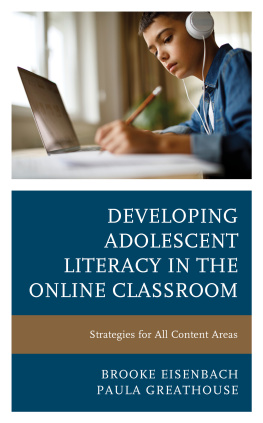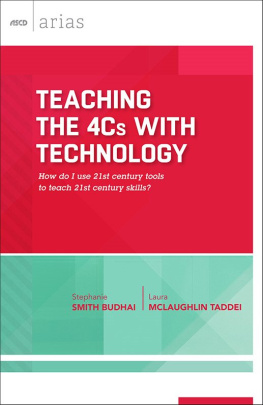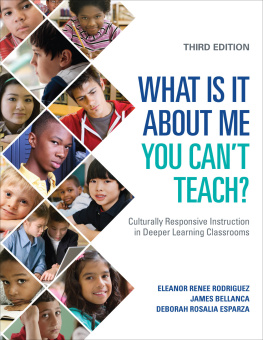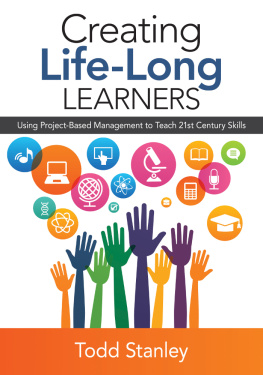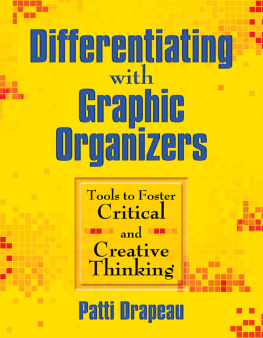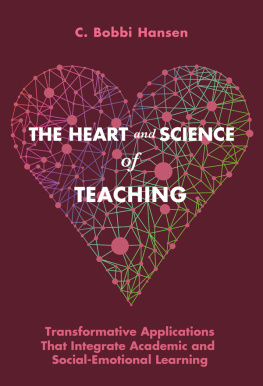Project-Based
LEARNING
William N. Bender
Project-Based
LEARNING
Differentiating Instruction for the 21st Century
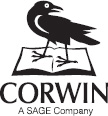
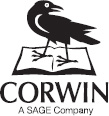
FOR INFORMATION:
Corwin
A SAGE Company
2455 Teller Road
Thousand Oaks, California 91320
(800) 233-9936
Fax: (800) 417-2466
www.corwin.com
SAGE Ltd.
1 Olivers Yard
55 City Road
London, EC1Y 1SP
United Kingdom
SAGE India Pvt. Ltd.
B 1/I 1 Mohan Cooperative Industrial Area
Mathura Road, New Delhi 110 044
India
SAGE Asia-Pacific Pte. Ltd.
3 Church Street
#10-04 Samsung Hub
Singapore 049483
Copyright 2012 by Corwin
All rights reserved. When forms and sample documents are included, their use is authorized only by educators, local school sites, and/or noncommercial or nonprofit entities that have purchased the book. Except for that usage, no part of this book may be reproduced or utilized in any form or by any means, electronic or mechanical, including photocopying, recording, or by any information storage and retrieval system, without permission in writing from the publisher.
Cover images:
iStockphoto.Thinkstock
Johannes Kroemer/Corbis
Digital Vision
Printed in the United States of America
Library of Congress Cataloging-in-Publication Data
Bender, William N.
Project-based learning: differentiating instruction for the 21st century / William N. Bender.
p. cm.
Includes bibliographical references and index.
ISBN 978-1-4129-9790-4 (pbk.)
1. Project method in teaching. 2. Individualized instruction. I. Title.
LB1139.35.P8B46 2012
371.36dc23
2011050676
This book is printed on acid-free paper.
12 13 14 15 16 10 9 8 7 6 5 4 3 2 1
Acquisitions Editor: Jessica Allan
Associate Editor: Allison Scott
Editorial Assistant: Lisa Whitney
Production Editor: Amy Schroller
Copy Editor: Mark Bast
Typesetter: Hurix Systems Pvt Ltd.
Proofreader: Theresa Kay
Indexer: Judy Hunt
Cover Designer: Candice Harman
Permissions Editor: Karen Ehrmann
Contents
Acknowledgments
Corwin gratefully acknowledges the contributions of the following reviewers:
Tania E. Dymkowski
District Instructional Support
Hays Consolidated Independent School District
Kyle, TX
Ann Richardson
Coordinator of English and Gifted/AP Programs
Fayette County Schools
Lafayette Educational Center
Fayetteville, GA
Denise Rives
Educational Consultant
Education Service Center Region 18
Midland, TX
Susan Stewart
Assistant Professor
Ashland University
Ashland, OH
Catherine Alaimo Stickney
Director of Curriculum, Instruction, and Assessment
Ashland Public Schools
Ashland, MA
Diane Woodford
Fifth-Grade Teacher
South Sioux City Community Schools
South Sioux City, NE
About the Author
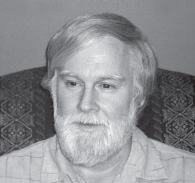
William N. Bender is an international leader who focuses on practical instructional tactics with an emphasis on response to intervention (RTI) and differentiated instruction in general education classes across the grade levels. In particular, Dr. Bender has written more books on RTI than any other author in the world, two of which are best sellers. He has now completed seven books on various aspects of response to intervention, as well as a professional development videotape on that topic. He completes between forty and fifty workshops yearly in the United States, Canada, and the Caribbean. In the fall of 2010, he was selected to work with the Ministry of Education in Bermuda to establish their nationwide RTI framework. One of his recent books, Beyond the RTI Pyramid, was a 2010 finalist for the Distinguished Achievement Award for Excellence in Educational Publishing.
Dr. Bender uses practical strategies and easy humor to make his workshops an enjoyable experience for all, and he is frequently asked to return to the same school or district for additional workshops. He consistently receives positive reviews of his professional-development workshops for educators across the grade levels. Dr. Bender believes his job is to inform educators of innovative, up-to-date tactics for the classroom, rooted in current research, in an enjoyable workshop experience. He is able to convey this information in a humorous, motivating fashion.
Dr. Bender began his education career teaching in a junior high school resource classroom, working with adolescents with behavioral disorders and learning disabilities. He earned his Ph.D. in special education from the University of North Carolina and has taught in leading universities around the nation, including Rutgers University and the University of Georgia. He is now consulting and writing full-time and has published more than sixty research articles and twenty-three books in education.
Follow William Bender on Twitter.
Twitter.com/williambender1
Introduction
P roject-based learning (PBL) is an instructional model based on having students confront real-world issues and problems that they find meaningful, determine how to address them, and then act in a collaborative fashion to create problem solutions (Barell, 2010; Baron, 2011; Belland, French, & Ertmer, 2009; Larmer & Mergendoller, 2010). As schools in the United States, Canada, and around the world struggle with the implications of developing more effective instructional models in a period of shrinking budgets, many educational advocates have recommended PBL as an effective instructional approach that results in high levels of student engagement and achievement (Barell, 2007; David, 2008; Ghosh, 2010; Laboy-Rush, 2011; Mergendollar, Maxwell, & Bellisimo, 2007).
Project-based learning has become a topic of interest as the emphasis on effective education has increased in recent years. In fact, many educators foresee rather drastic disruptions in the teaching/learning process, brought about by ever-changing technologies, the increasing demands of struggling students, and various changes now underway in education such as increased emphasis on differentiated instruction and the response-to-intervention initiative (Barell, 2010; Bender & Waller, 2011; Bonk, 2010; Laboy-Rush, 2011; Partnership for 21st Century Skills, 2009). In that context, the PBL instructional approach seems very well situated to become the primary model of instruction in the next century, and educators are well advised to get on board with this innovative approach to teaching.
Project-based learning is an instructional model based on having students confront real-world issues and problems that they find meaningful, determine how to address them, and then act in a collaborative fashion to create problem solutions.
While project-based learning is not new (Bransford, Sherwood, Vye, & Rieser, 1986), it has recently received increased emphasis as educators and business leaders look for ways to move educator forward and develop students skills in 21st-century technologies, problem solving, and collaboration (Partnership for 21st Century Skills, 2007, 2009). PBL originated in the early decades of the 1900s (Dewey, 1933) and was originally applied in medical education rather than in public schools (Cote, 2007). However, current applications of PBL look decidedly different from those early applications of the concept, since modern instructional technologies have matured and today play such a definitive role in PBL instruction (Bender & Waller, 2011; Cote, 2007).
Next page


